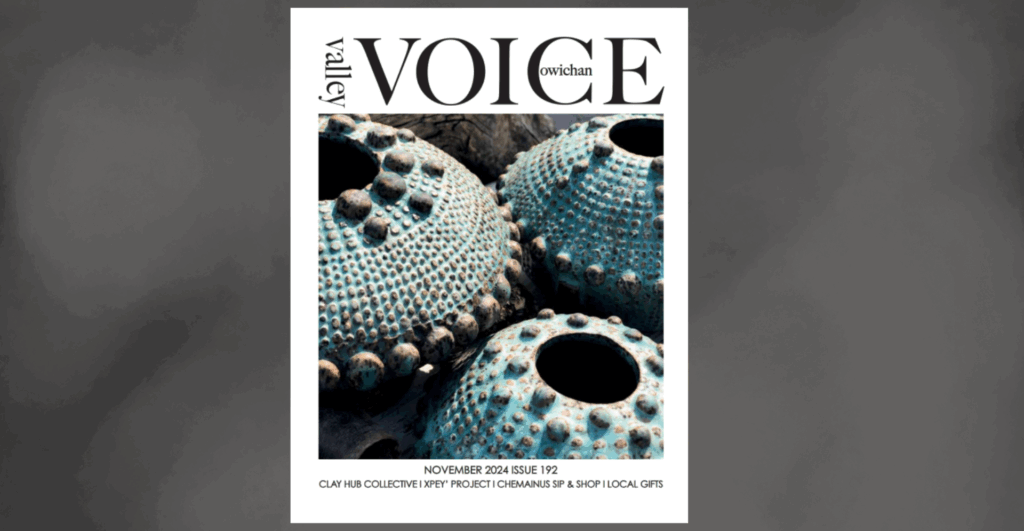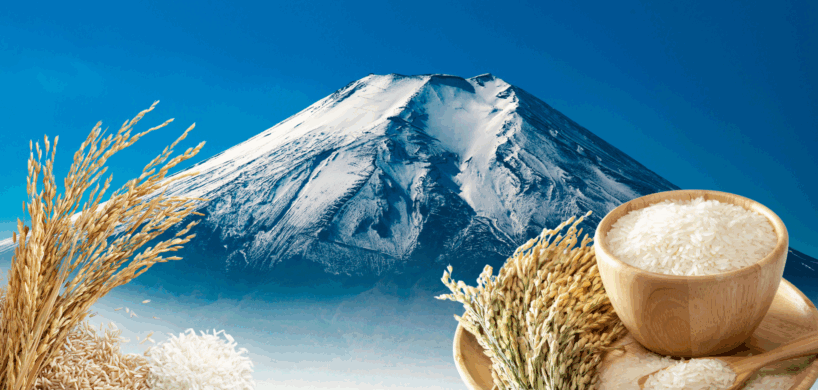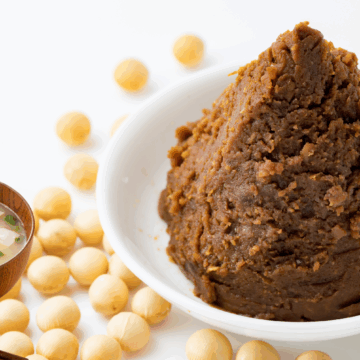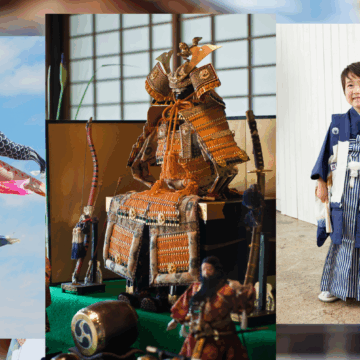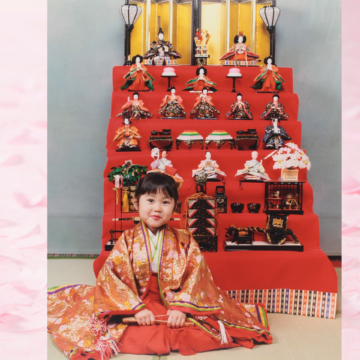The History and Culture of RICE in Japan
「The Japanese People: A Nation of Rice」
Rice cultivation was introduced to Japan around 6,000 years ago during the early Jomon period. Rice was not originally native to the Japanese archipelago, and its origin is believed to be the Chinese mainland. Rice, being a crop well-suited to Japan’s hot and humid climate, spread rapidly across the country over a few hundred years. With the introduction of rice, which had excellent storability and taste, Japan’s ancestors were freed from the struggles of searching for food. This allowed for a more comfortable life, population growth, and the rapid expansion of villages. Eventually, this led to the establishment of the Yamato Kingdom, one of the world’s oldest monarchies. It’s no exaggeration to say that Japan’s history began with rice cultivation.
「Types of Rice」
Rice is consumed not only in Japan but around the world. Globally, rice can be categorized into three types: Japonica rice, Indica rice, and Javanica rice. The majority of rice cultivated worldwide is Indica rice. Indica rice is grown in regions such as southern China, Thailand, and the southern United States. It has a long, slender shape and, when cooked, has a dry, fluffy texture, making it suitable for dishes like curries and pilafs.
On the other hand, the rice consumed in Japan is Japonica rice. Japonica rice is cultivated in Japan, the Korean Peninsula, and northeastern China. This variety is short, round, and becomes sticky and shiny when cooked. Javanica rice, which is less commonly produced, is grown in Java, tropical Asia, and some regions of Central and South America. It is characterized by large, wide grains with a light, sticky flavor.
Despite being a small island nation, Japan produces a variety of unique regional rice varieties due to its diverse climate. Famous Japanese rice brands include Koshihikari, Hitomebore, and Akitakomachi. For those who enjoy simple steamed rice dishes, referred to as “steam rice” in English-speaking countries, Japanese rice is highly recommended. If you are making curries, pilafs, or California rolls at home, Indica rice, also known as California rice, is a great choice. In summary, if you prefer sticky rice, go with Japanese rice; if you prefer a drier texture, California rice is a good option.
「Nutritional Value of Rice」
Rice is rich in nutrients, including:
Carbohydrates, which provide energy for physical activity.
Dietary fiber, which supports digestion.
Protein, which is essential for muscle and hormone production.
Vitamin B1, which is involved in carbohydrate metabolism.
Magnesium, which is important for bone health.
Since rice is consumed as whole grains rather than in a processed form like noodles or bread, it takes longer to metabolize, keeping you fuller for longer and making it less likely to contribute to fat storage. Rice is also a representative gluten-free food. Not only is it nutritious and versatile in cooking, but its simple preparation—just steaming—reveals the true charm of rice.
We hope you discover the beauty of rice and incorporate it into your diet.
This article was contributed to the November 2024 issue of Cowichan Valley Voice.
日本の歴史と文化における「米」
「日本人:米の民族」
稲作は約6,000年前、縄文時代初期に日本に伝わりました。米はもともと日本列島に自生していた作物ではなく、その起源は中国大陸にあると考えられています。米は日本の高温多湿な気候に非常に適しており、数百年のうちに全国へと急速に広まりました。
保存性と味に優れた米の登場により、日本の祖先たちは食料を探し求める苦労から解放されました。これにより、より快適な生活が可能となり、人口は増加、集落も急速に拡大しました。やがて、この変化は世界最古級の王権のひとつである「大和王権」の成立へとつながります。日本の歴史は、稲作の始まりと共に始まったと言っても過言ではありません。
「米の種類」
米は日本だけでなく、世界中で食べられている主食です。世界的には、大きく分けて以下の3つの品種に分類されます:**ジャポニカ米(日本型)、インディカ米(インド型)、ジャバニカ米(ジャワ型)**です。
世界で最も多く栽培されているのは「インディカ米」です。これは中国南部、タイ、アメリカ南部などで栽培されており、細長く、炊くとパラパラした食感になり、カレーやピラフなどに適しています。
一方、日本で主に食べられているのは「ジャポニカ米」です。日本、朝鮮半島、中国東北部などで栽培されており、粒が短くて丸く、炊くと粘りとツヤが出るのが特徴です。
あまり流通していない「ジャバニカ米」は、インドネシアのジャワ島や熱帯アジア、中南米の一部地域で栽培されています。粒が大きく幅広で、軽い粘り気と独特の風味があります。
日本は小さな島国ながら、気候の多様性により多くの地域特有の品種が育てられています。代表的なブランドには「コシヒカリ」「ひとめぼれ」「あきたこまち」などがあります。
シンプルに白米を味わいたい方には、日本の米(ジャポニカ米)がおすすめです。カレーやピラフ、カリフォルニアロールを作る場合は、パラパラ感のある「カリフォルニア米(インディカ米)」が適しています。
まとめると:
- もっちりした食感が好きなら → 日本米(ジャポニカ米)
- パラっとした食感が好きなら → カリフォルニア米(インディカ米)
「米の栄養価」
米には、次のような栄養素が豊富に含まれています:
- 炭水化物:身体を動かすためのエネルギー源
- 食物繊維:腸内環境を整え、消化をサポート
- たんぱく質:筋肉やホルモンの材料
- ビタミンB1:炭水化物の代謝を助ける
- マグネシウム:骨の健康を保つ
米は、パンや麺のように加工された食品と異なり、精米された穀物としてそのまま食べるため、消化吸収に時間がかかり腹持ちが良いのが特徴です。これにより脂肪として蓄積されにくいとされています。また、米はグルテンフリー食品としても知られています。
栄養価が高く、調理も簡単で、ただ蒸すだけでその本来の美味しさを楽しめるのが米の魅力です。
ぜひ、米の魅力を再発見し、日々の食生活に取り入れてみてください。
この記事は Cowichan Valley Voice 2024年411月版に記載されています/英語.
